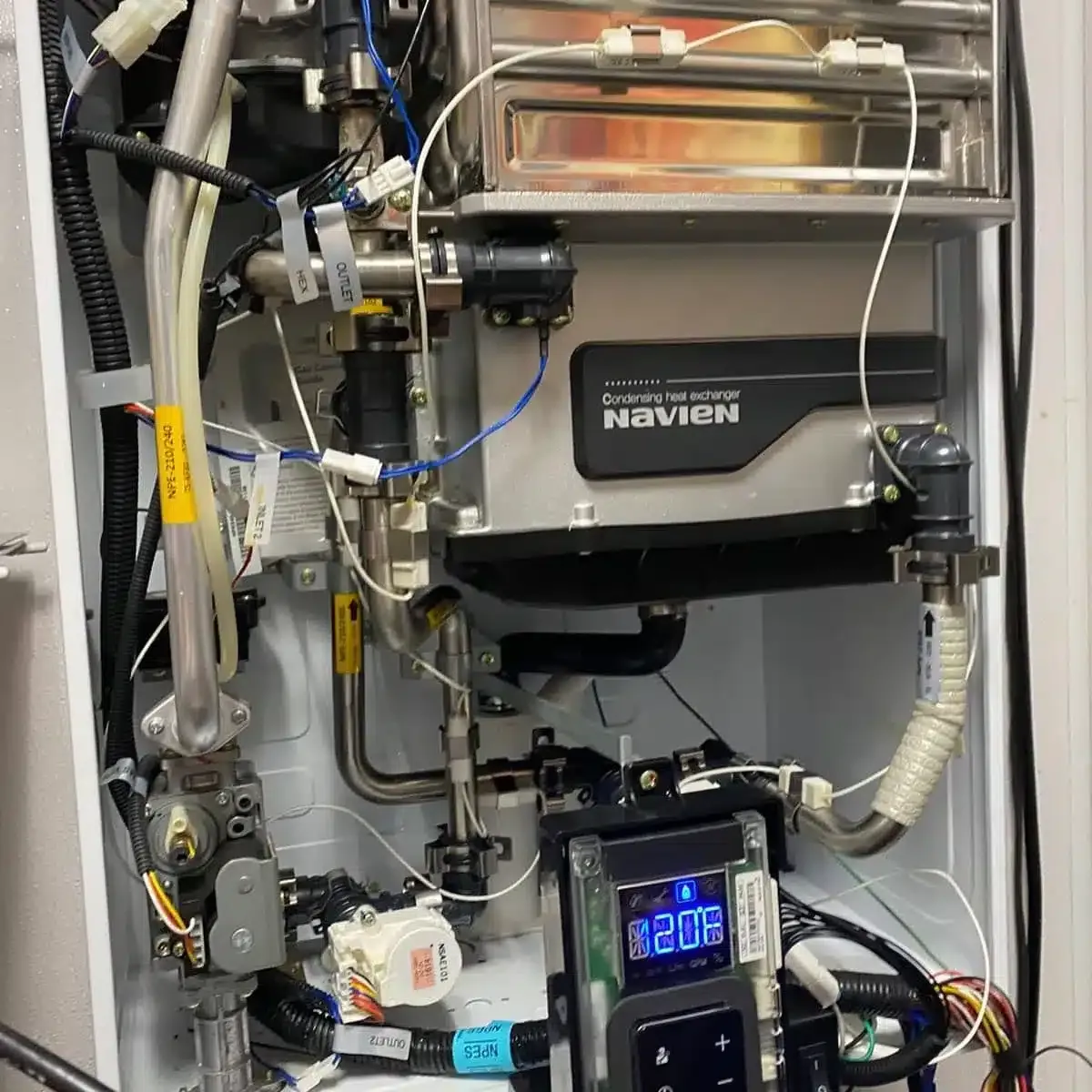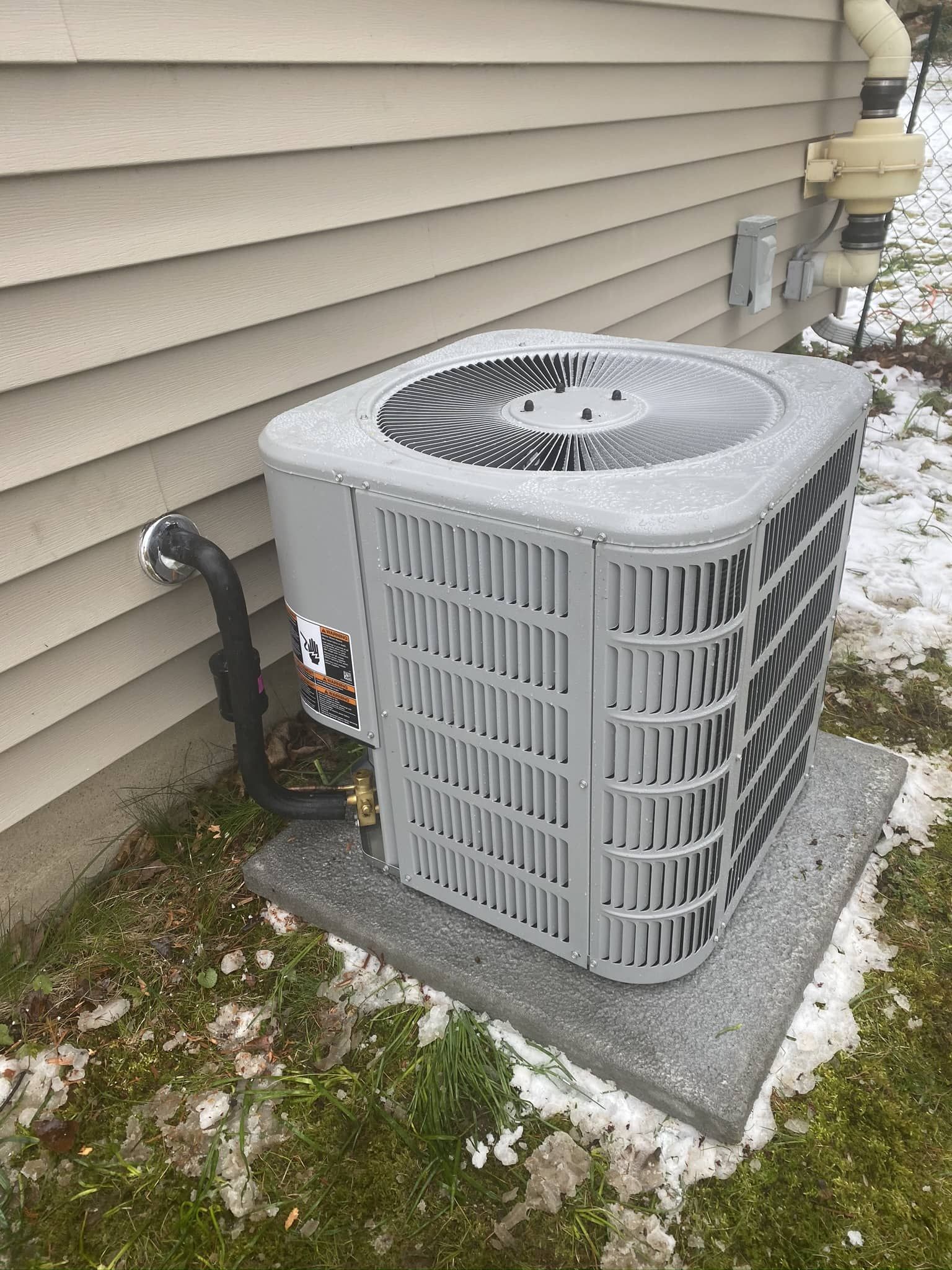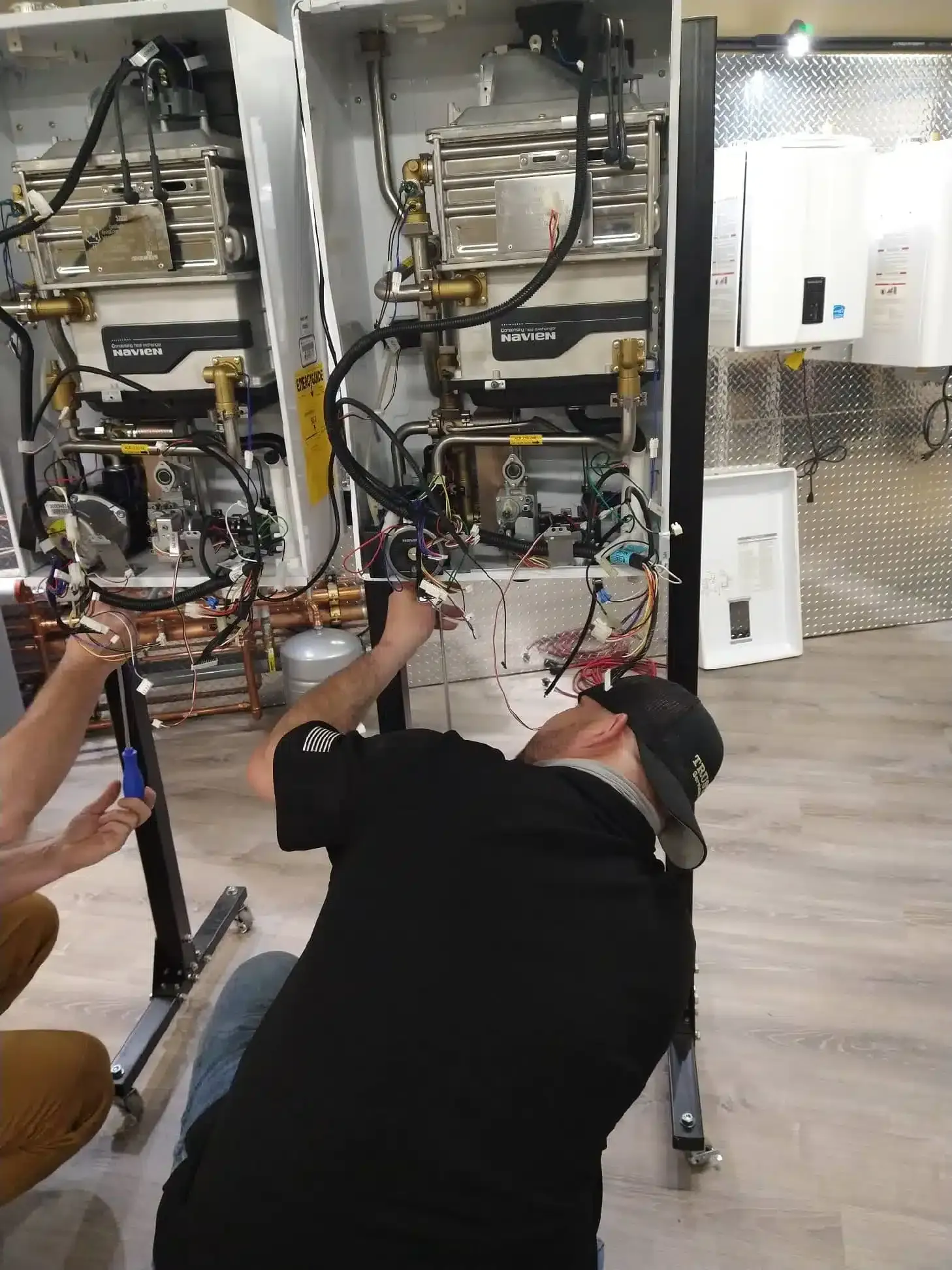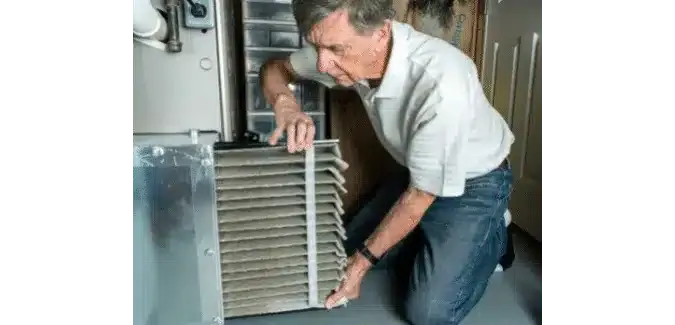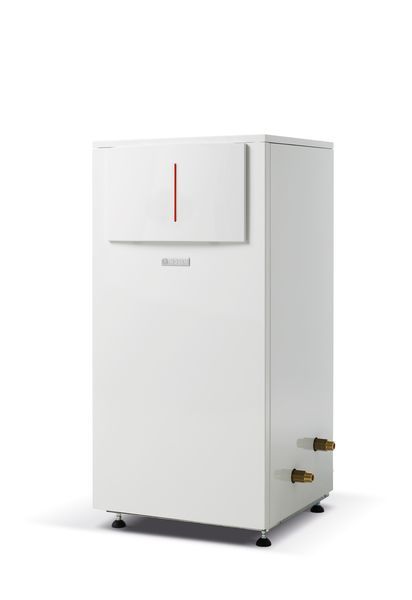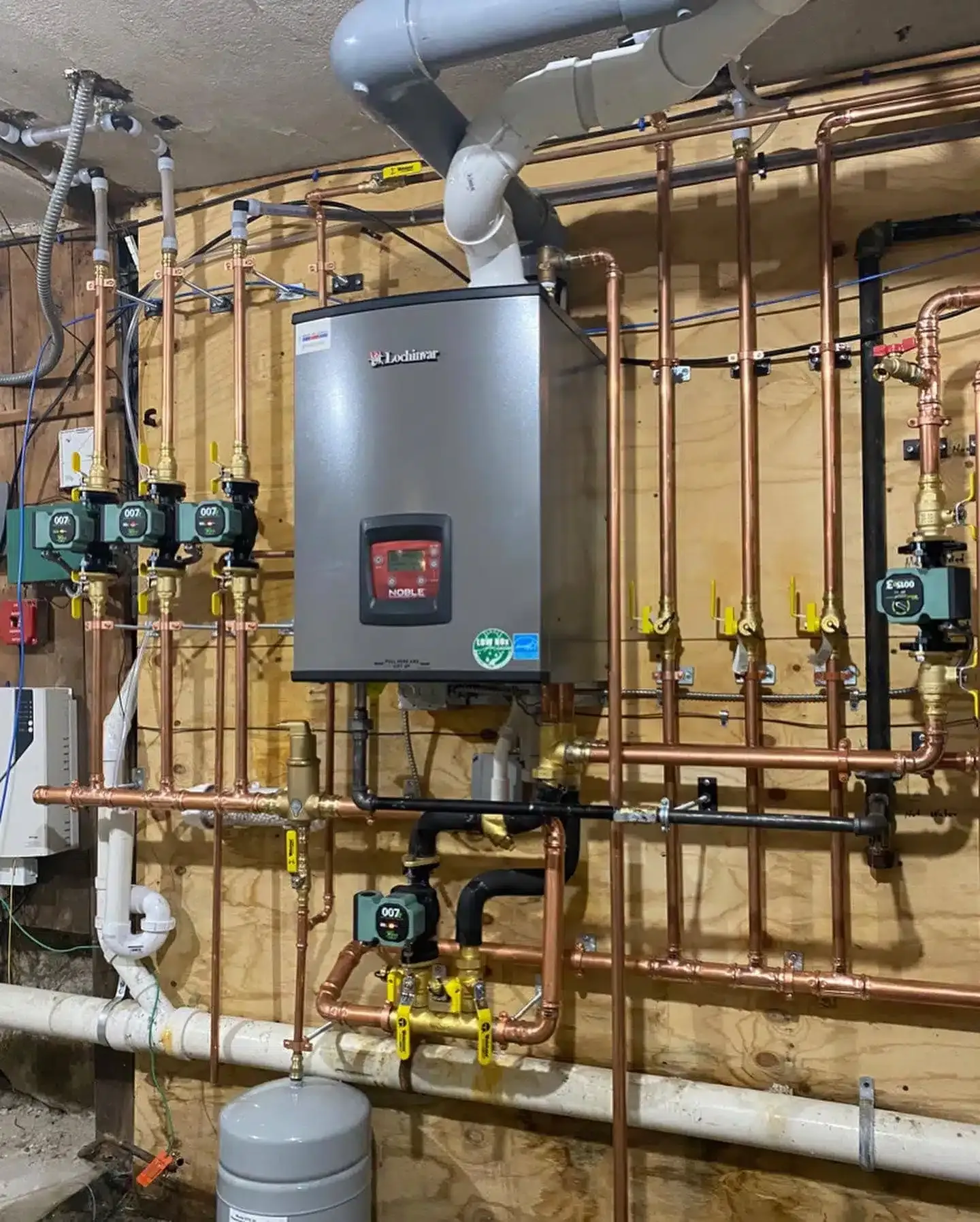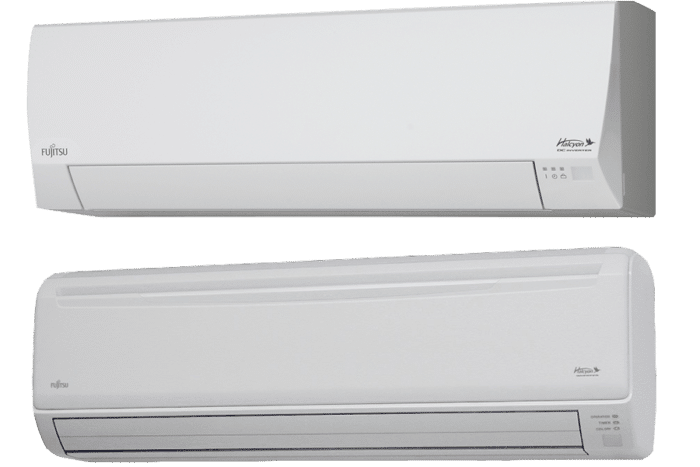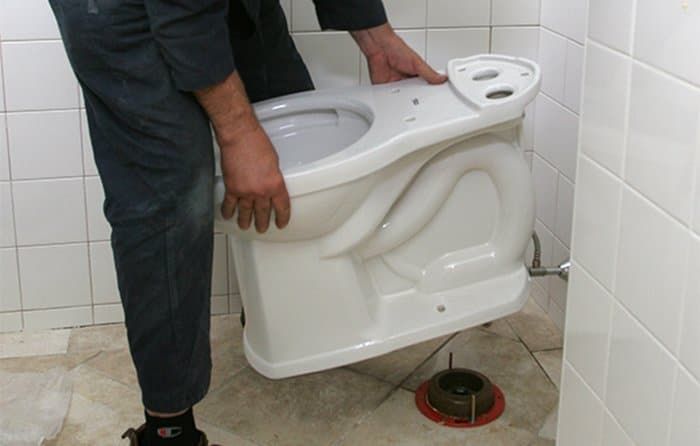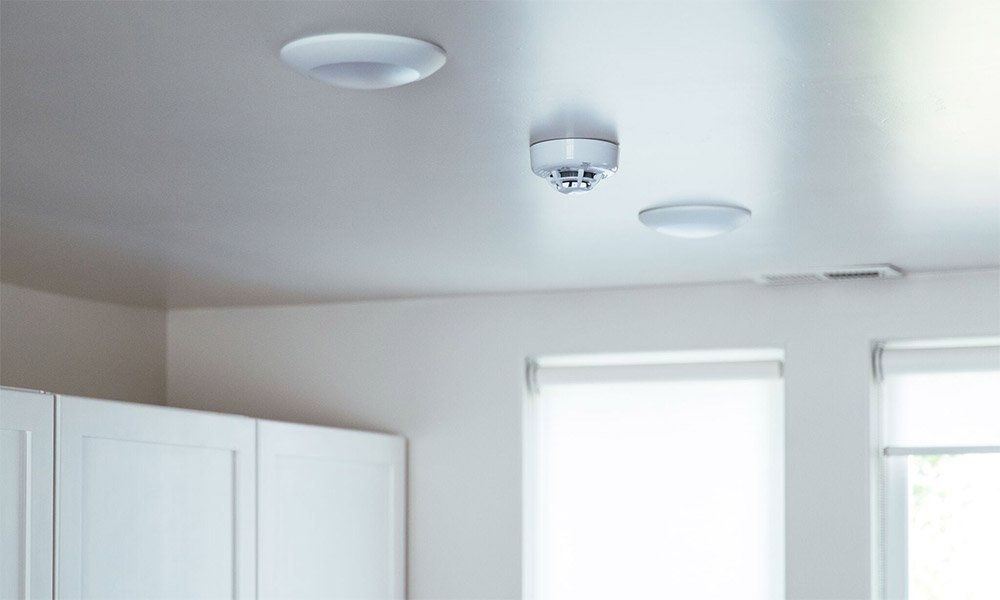4 Common Causes of Why Your Furnace Stopped Blowing Hot Air
4 Common Causes why your Furnace stopped blowing warm air
“You have ONE job!” Yelling at your furnace is tempting and not necessarily wrong. However, it won’t solve why your furnace is not blowing hot air as it should be. So why is your heating system failing to do its sworn duty?
Furnace Not Blowing Hot Air? Here’s Why
You can call Trust 1 Services at any sign of trouble—we may even be able to find a solution to the issue over the phone. Our friendly service technicians are happy to come to your home to find out what’s going on.
However, if your DIY fingers are itching for a project, there are some things you can try to eliminate the issue before picking up the phone. We’ll discuss those and when it’s time to call in a pro in the following rundown of common causes of furnace misfires.
1) Dirty Filter
Your furnace’s air filter is a small but mighty component of your home’s heating and cooling infrastructure. Air filters work with both your air conditioner and furnace and are a line of defense against pollutants, pet dander, and other allergens that try to invade your home.
For many households, replacing your air filter every 90 days will do the trick. However, if you have allergy sufferers or pets in your home, you may need to do this more often. How do you know when to replace your air filter? Start checking before you notice reduced airflow in your ventilation system. Take a look at your filter every 30 days until you figure out what schedule you need to be on to keep your furnace running smoothly (and warmly).
2) Thermostat Set Incorrectly
Perhaps someone really wanted to crank things up, so they set the furnace fan to “On” instead of the “Heat” option. Unfortunately, doing so means that—no matter the current temperature in your home—the fan of your furnace unit will continue to blow without interruption until you change the setting or some other malfunction occurs.
When the furnace successfully heats your home to the temperature you select, it will change the air temperature it puts out. If it didn’t, the temperature in your home would continue to rise unchecked.
Also, make sure to give your furnace a few minutes, especially if turning it on for the first time once the cold season begins. Like a sleepy bear coming out of hibernation, your furnace needs some time to heat the air and get it through the ductwork and into your home.
Side note: Energy Star recommends setting your thermostat to 68 degrees in the winter for the most cost savings for your furnace. What temperature do you keep your thermostat set at in the chilly winter months?
3) Faulty Thermostat
Many homeowners will jump to a worst-case scenario in their minds when their furnace is not blowing hot air. You might lament that you need a complete system replacement when all you really need is to walk to the thermostat and take a look.
There, you could discover that someone accidentally bumped the temperature to a setting lower than where you set it. Or maybe this was an intentional act by a family member who was feeling warm. Either way, save yourself worry by starting with what is usually the simplest solution.
If the temperature setting looks right and the furnace fan is not in the “On” position, there are additional steps you can take before calling in the professionals. One option is to try switching out the batteries in your thermostat. Most thermostats are plastic units clipped onto plastic frames on your wall. Pop off the thermostat, locate the battery compartment, discard the old batteries, and insert the new batteries.
If you have a battery tester and use that before replacing anything, you may disregard the bad battery solution when you see the current charging cylinders still have life left. However, even before the batteries die entirely, they can begin to struggle to power your thermostat. It’s best to go ahead and replace them as a step in your furnace troubleshooting.
4) Extinguished Pilot Light
This common problem only applies to gas-powered furnaces. If you have one, locate the pilot light to see if it’s still burning or has somehow gone out. If it is out, you can reignite it to begin heating your home once again quickly.
We have primarily exhausted the issues that are DIY-able to fix your furnace fiascos. It is best to leave the other common causes of a furnace not blowing warm air to the HVAC contractors at Trust 1 Services. These causes include:
- Clogged condensate lines
- Damaged ductwork
- Inadequate insulation
- Inadequate gas supply
- Burner clogs
Don’t fiddle around with your furnace if you lack experience or confidence in doing so.
Trust 1 Services Heating Repair
Winter in the Boston area is no laughing matter—without a properly working furnace, single-digit temps are a significant safety hazard that call for quick heating repair in Quincy, MA. Homeowners trust the pros at Trust 1 Services because we’ll provide you with a free repair estimate and safely execute the service you need to stay warm.
Regular Maintenance Saves the Day
You can avoid many of these common issues for your furnace not blowing hot air altogether by scheduling regular maintenance for your furnace. Believe us—you will kick yourself when you think of all the savings of money, time, and discomfort with a maintenance plan. With a maintenance plan from Trust 1 Services, our techs will inspect your entire heating system to look for abnormalities, clean off grime or debris, and detect trouble spots before they become massive problems.
If you continue to allow a furnace not blowing hot air to run, not only are you making your house cooler, you’re also allowing poorly filtered air particles into your home and creating a safety hazard.
If your valiant attempts to repair the problem did not work, and you have a furnace not blowing hot air in Quincy, MA, call the pros you can trust at Trust 1 Services today at 617-468-3913.
